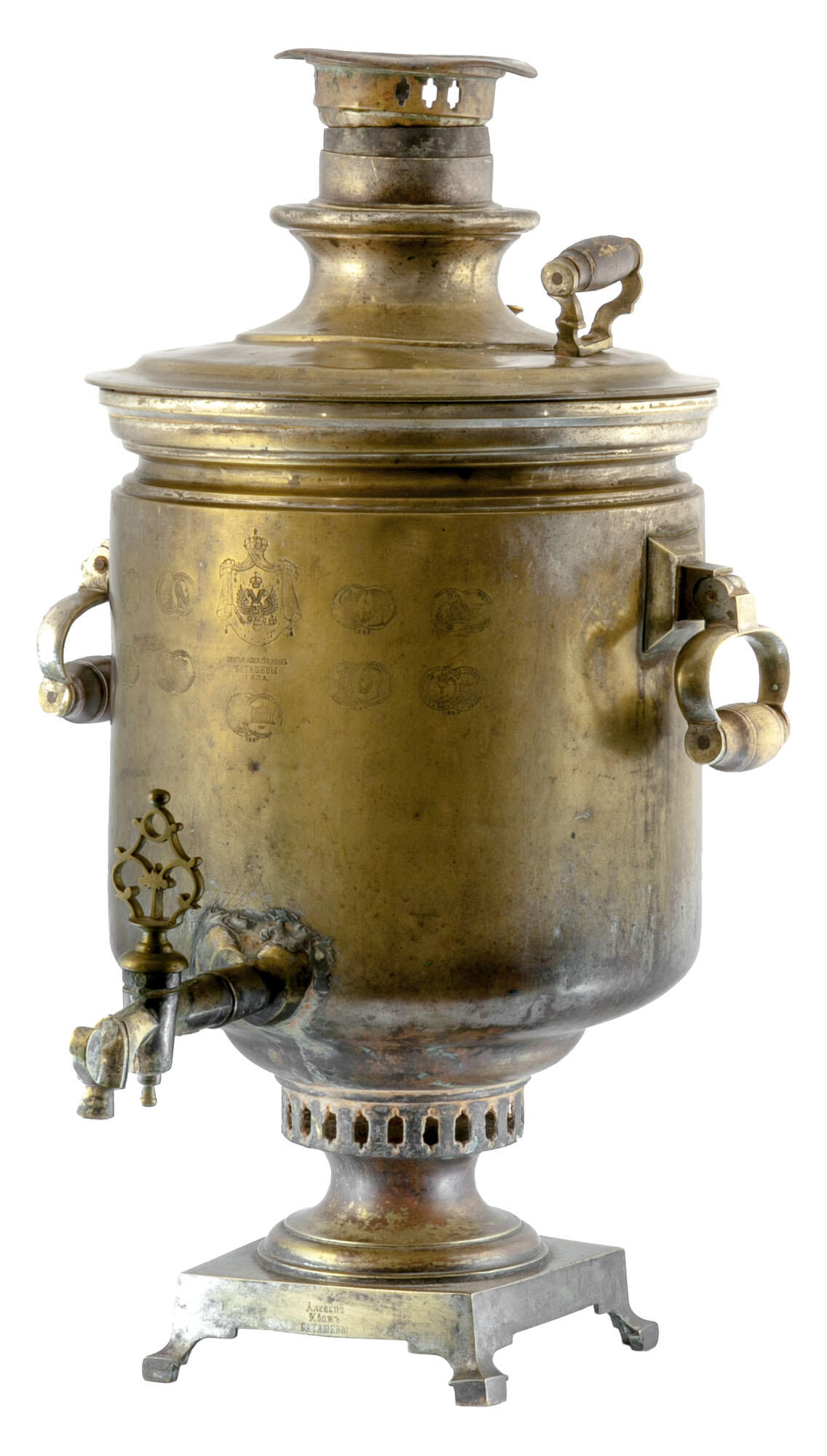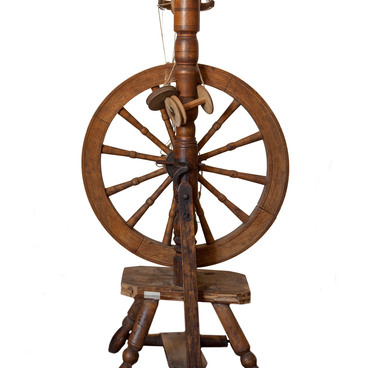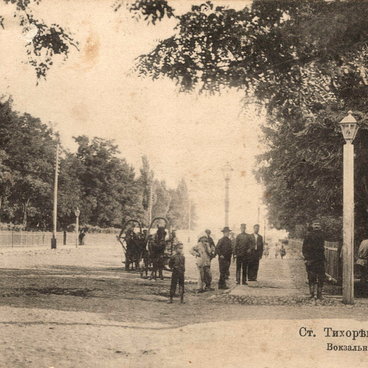It is believed that the birthplace of the samovar (Russian: boiling tank) is the ancient city of Tula. But it will be unexpected news for many of people – the samovars were born in the Urals. It was there, at the factories of Demidov, that the first samovars appeared. Later, already in Tula, the local craftsmen made it the most famous brand in Russia. In large measure the Batashevs contributed to this. Stepan Fedorovich Batashev opened the production of samovars in 1840 and put a lot of effort and money into it. And his children, Alexander Batashev and Vasily Batashev, the talented artisans, manage the samovar workshop, which they inherited from their father.
The Batashevs were the first who received the right to put on their products the coat of arms of the Russian Empire – the double-headed eagle, as the distinctive sign of the suppliers of the Court of His Imperial Majesty. Over the entire period of its existence the factory managed to earn more than 30 honorary awards. This is not surprising, because in the catalogs of the factory there were more than 160 models of samovars. According to Tula historians studying the history of production of samovars the order of samovars for the children of Nicholas II was a very significant award for the Batashevs. Especially for the heirs to the Russian throne 5 different exclusive children’s small samovars were made with the volume of only 200 milliliters (one glass). But even for the ordinary citizens there were produced such unusual samovars. They were called “egoist” since only one glass of tea could be drunk from them.
The samovars were produced in various shapes and volumes. These are samovars “vase”, “pear”, “wineglass”, “jar”, “egg”. They had the volumes from the “egoist” to the bucket samovars for pubs and restaurants. The samovars of the brothers showed off at exhibitions in Vienna and St. Petersburg and decorated the manorial estates.
The Batashevs were the first who received the right to put on their products the coat of arms of the Russian Empire – the double-headed eagle, as the distinctive sign of the suppliers of the Court of His Imperial Majesty. Over the entire period of its existence the factory managed to earn more than 30 honorary awards. This is not surprising, because in the catalogs of the factory there were more than 160 models of samovars. According to Tula historians studying the history of production of samovars the order of samovars for the children of Nicholas II was a very significant award for the Batashevs. Especially for the heirs to the Russian throne 5 different exclusive children’s small samovars were made with the volume of only 200 milliliters (one glass). But even for the ordinary citizens there were produced such unusual samovars. They were called “egoist” since only one glass of tea could be drunk from them.
The samovars were produced in various shapes and volumes. These are samovars “vase”, “pear”, “wineglass”, “jar”, “egg”. They had the volumes from the “egoist” to the bucket samovars for pubs and restaurants. The samovars of the brothers showed off at exhibitions in Vienna and St. Petersburg and decorated the manorial estates.



